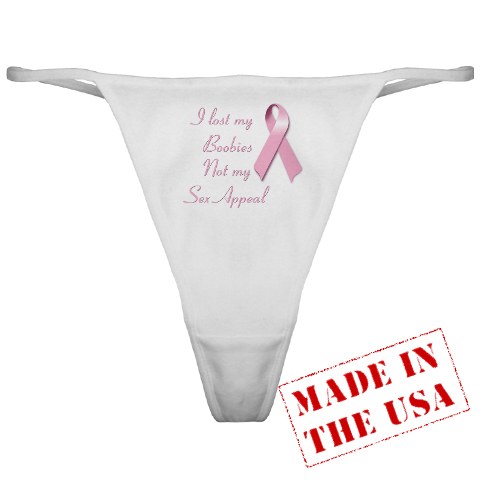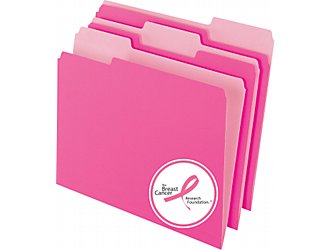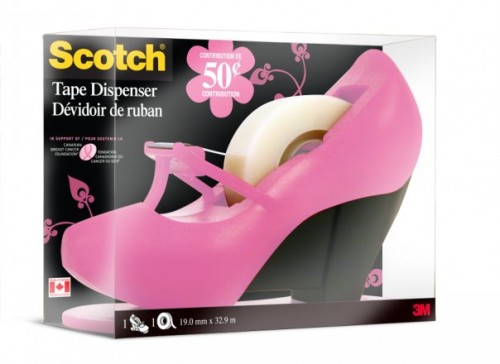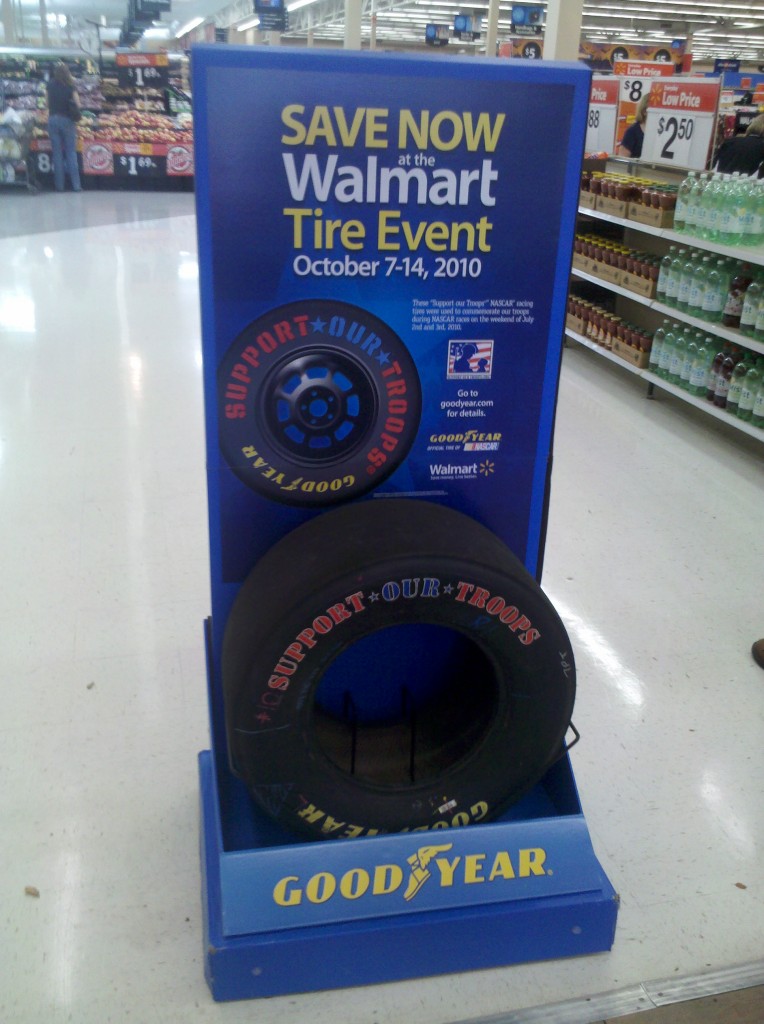On the heels of our recent post about non-corresponding English- and Spanish-language advisories, Sara P. sent in a photograph and an interesting question. The photo is of stacked billboards for CitiBank. The top one reads “You’re never too young to learn how important money is.” The bottom one, in Spanish, says the opposite. Sara translates it as “Don’t wait until you have a lot of money before you realize that it isn’t what is most important” (my emphasis).

Sara asks:
It makes me wonder what the strategy is behind this kind of marketing. 75% of the population will only understand the first billboard, which by itself has an entirely different meaning than when it is paired with the second.
I have no good answer for her. You?
Lisa Wade, PhD is an Associate Professor at Tulane University. She is the author of American Hookup, a book about college sexual culture; a textbook about gender; and a forthcoming introductory text: Terrible Magnificent Sociology. You can follow her on Twitter and Instagram.













